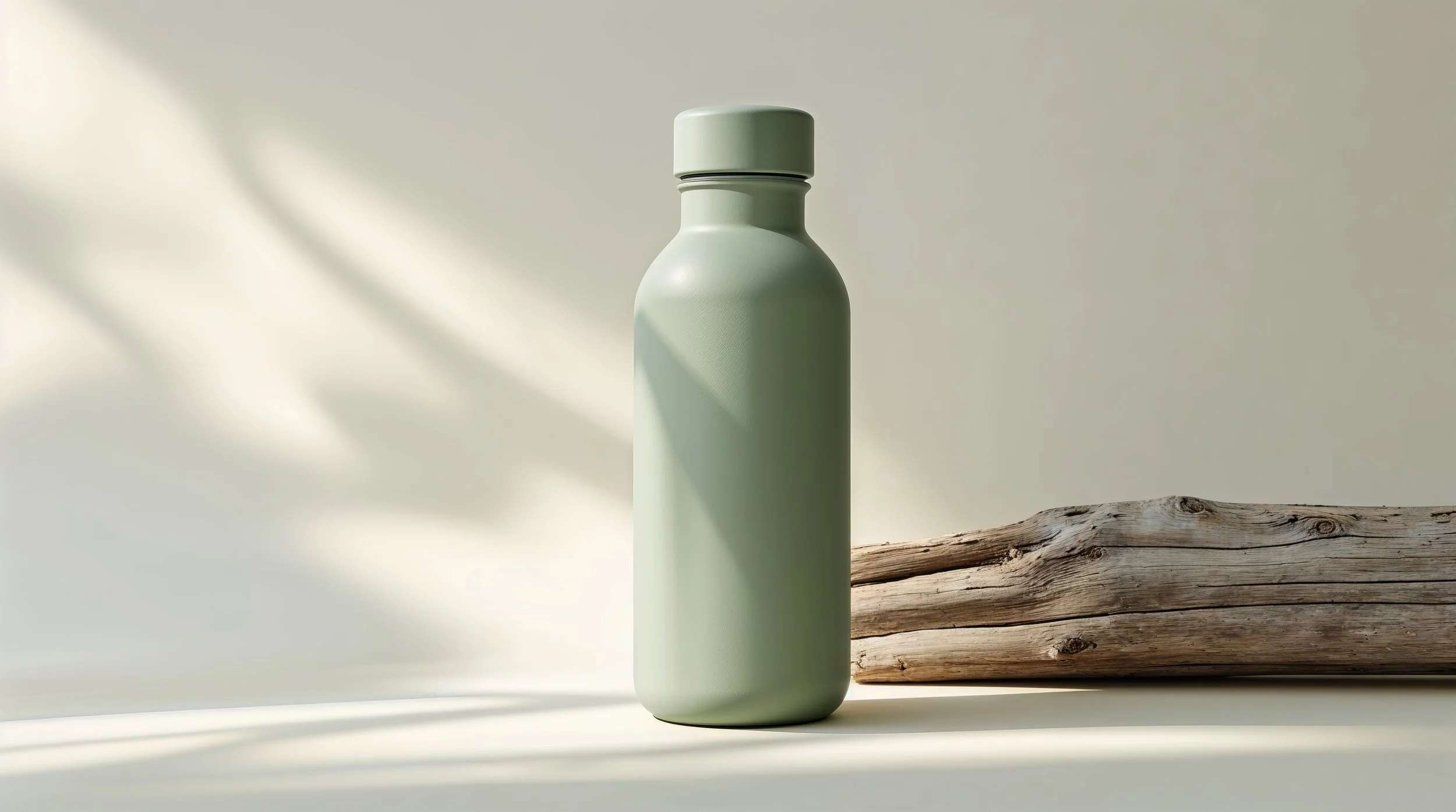Hydration Hype: What’s True, What’s Total B.S.?
Summer in L.A. means sun, sweat, beach days—and hydration advice flying at you from every direction. “Drink eight glasses a day!” “If you're thirsty, it's too late!” “Coconut water is the holy grail!” But how much of this is fact... and how much is wellness-world nonsense?
Let’s get real. Staying hydrated is essential, especially during summer heat waves and active days. But the internet is full of myths, half-truths, and hydration hacks that just don’t hold up.
Here’s your no-B.S. guide to what really matters when it comes to hydration—and what you can finally stop worrying about.
MYTH #1: You Need 8 Glasses of Water a Day
False. This myth has been repeated so often it feels like gospel—but it's not backed by science. There’s no “one-size-fits-all” number for water intake. Your actual needs depend on your weight, activity level, climate, and even what you eat.
The truth: You probably need more—or less—than eight glasses depending on the day. And you get water from more than just drinks. Fruits, veggies, smoothies, and even coffee contribute to hydration.
What to do: Instead of counting glasses, listen to your body. Thirst, darker urine, fatigue, and dry mouth are signs you may need more fluids. Active days and hot weather? Up your intake. Simple.
MYTH #2: Thirst Means You’re Already Dehydrated
Half true, half hype. Yes, thirst kicks in when your body senses a drop in fluid levels—but it's not an emergency siren. It’s more like a polite nudge.
The truth: Thirst is an early warning system, not a sign that you’re doomed. By the time you feel thirsty, you’re only slightly low on fluids, not in a critical state.
What to do: Don’t panic if you get thirsty. Just respond by sipping water steadily, especially in the heat. And remember: it’s fine to hydrate in real-time rather than trying to “get ahead” of it all the time.
MYTH #3: Coffee and Alcohol Dehydrate You
Mostly false. This one sticks around, but it’s outdated.
The truth: While caffeine and alcohol have mild diuretic effects (they can increase urination), they don’t cancel out hydration. A cup of coffee still adds fluid to your body. Same with a beer.
The catch: Booze, especially in excess, can lead to dehydration, partly because you're peeing more and partly because you're not drinking water alongside it. That’s what contributes to hangovers.
What to do: Enjoy your iced coffee and cocktails—if you’re drinking alcohol in the sun, just add water between rounds.
MYTH #4: Clear Pee Means You’re Perfectly Hydrated
Not quite. While hydration status can show up in your urine color, perfectly clear pee isn’t always a goal.
The truth: Pale yellow is ideal. Totally clear urine might mean you’re overdoing it. Yes, there is such a thing as overhydration—it can dilute important electrolytes and actually be dangerous in rare cases.
What to do: Aim for light yellow, not crystal clear. If you're peeing every 20 minutes or feeling bloated or light-headed, back off a little.
MYTH #5: All Water is the Same
False. Not all hydration is created equal. Tap water, mineral water, filtered water, alkaline water—they all hydrate, but each has pros and cons.
The truth: Electrolyte-rich drinks can be more effective at rehydrating you after heavy sweating or intense workouts. And quality matters—clean, mineral-balanced water can make a difference for long-term health.
What to do: For day-to-day hydration, plain water is fine. But if you're sweating buckets (hello, summer workouts), try coconut water, electrolyte packets, or a pinch of sea salt in your water bottle.
MYTH #6: You Can Only Hydrate with Water
False. You’re hydrating every time you eat watermelon, sip herbal tea, or blend a smoothie.
The truth: About 20–30% of your fluid intake comes from food. High-water-content fruits and veggies like cucumbers, lettuce, oranges, and strawberries are hydration powerhouses.
What to do: Stack your summer plate with colorful produce and drink your hydration when possible—smoothies, iced herbal teas, bone broth, and infused waters all count.
MYTH #7: Sports Drinks Are the Best Way to Rehydrate
False—unless you're a marathoner.
The truth: Most commercial sports drinks are loaded with sugar and artificial ingredients. Unless you’re sweating heavily for hours (think distance running, high-heat labor, or intense training), you don’t need them.
What to do: Use electrolyte drinks intentionally, not casually. For everyday hydration, go for coconut water, homemade electrolyte mixes, or sugar-free options if you need a boost.
How to Actually Hydrate in Summer
Here’s a better playbook, minus the myths:
Start your day with water. After 7–8 hours of sleep, you’re already mildly dehydrated. A tall glass first thing helps reset your system.
Drink gradually throughout the day. Don’t chug a gallon at once. Your body prefers small, steady sips.
Add electrolytes when you sweat. Especially important for workouts, saunas, beach days, or high heat.
Eat your hydration. Load up on hydrating fruits and veggies like watermelon, celery, strawberries, oranges, and spinach.
Watch for signs of both under- and overhydration. Headaches, fatigue, dry mouth, and dark pee = drink up. Nausea, bloating, or totally clear pee every hour = ease off.
Use your environment as a cue. Heat, altitude, and air travel all increase fluid needs. Adapt accordingly.
Don’t Overthink It—But Don’t Sleep on It
Hydration doesn’t have to be complicated, but it does matter—especially in the summer. Your brain, muscles, skin, and energy levels all depend on proper fluid balance.
Forget the rigid rules and hydration guilt. Focus on awareness, smart habits, and listening to your body. And next time someone says you must drink 8 glasses or avoid coffee, you’ll know better.
Stay cool, sip smart, and hydrate like you mean it.
Jana Short-editor-in-chief



